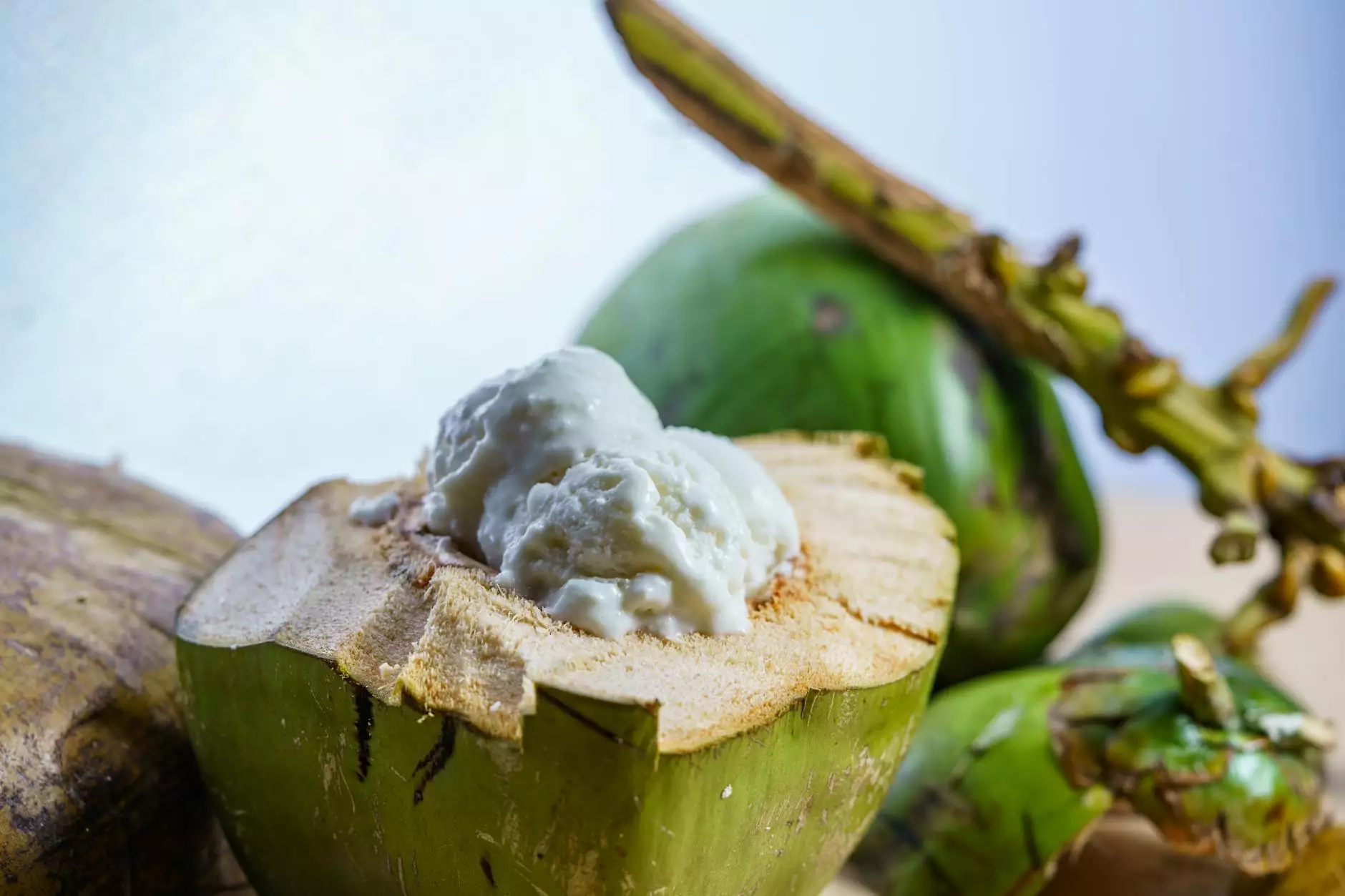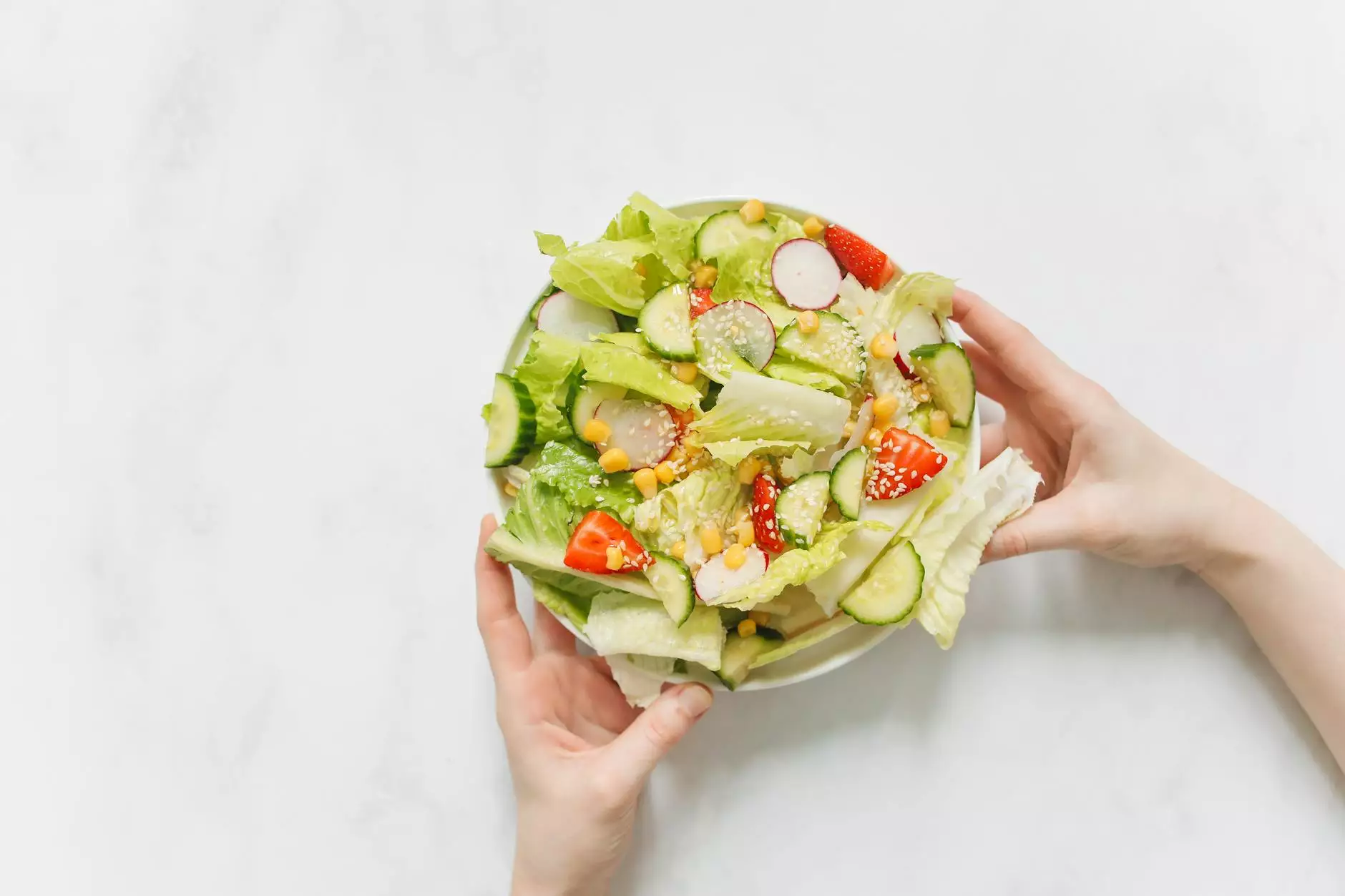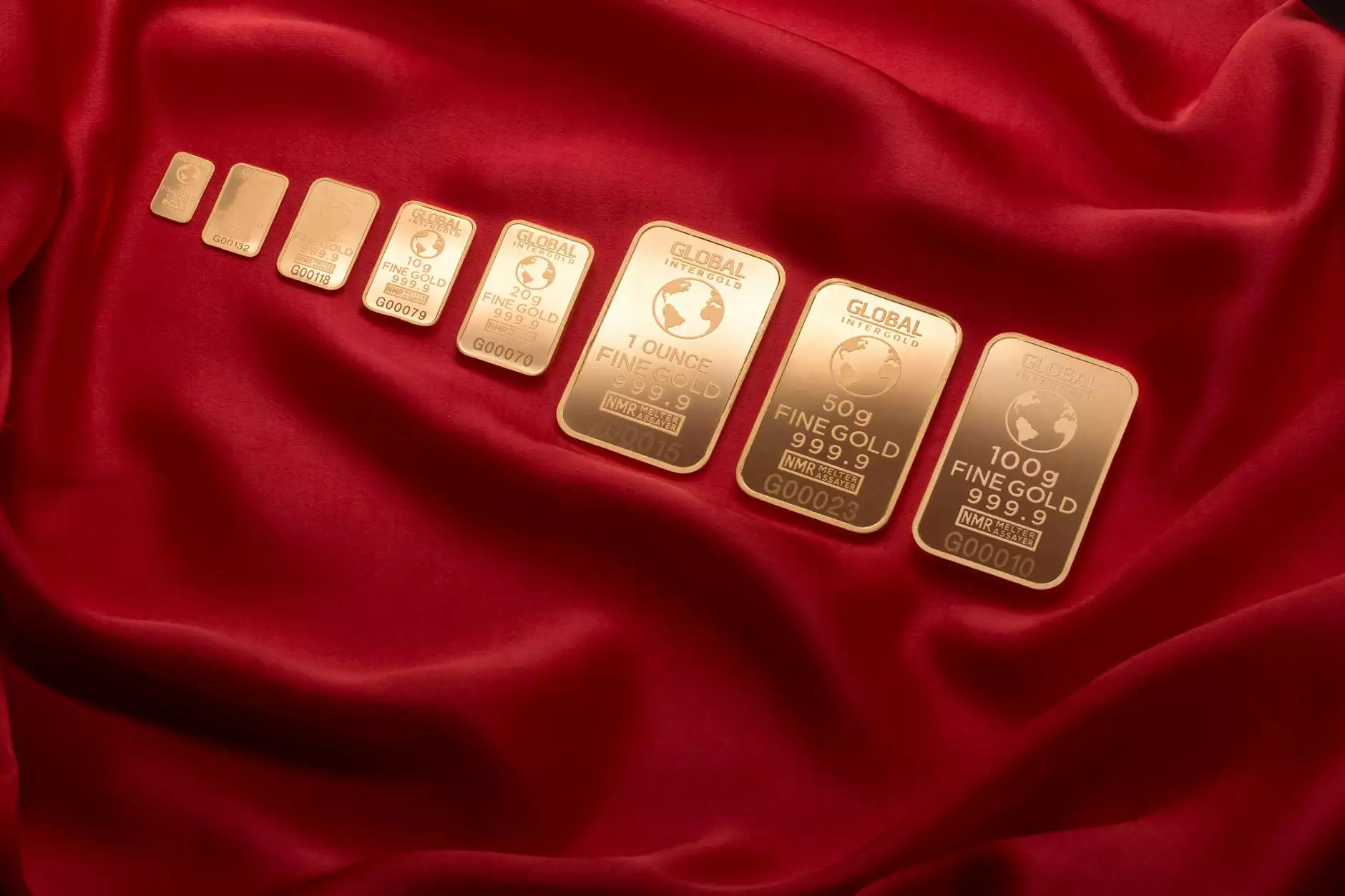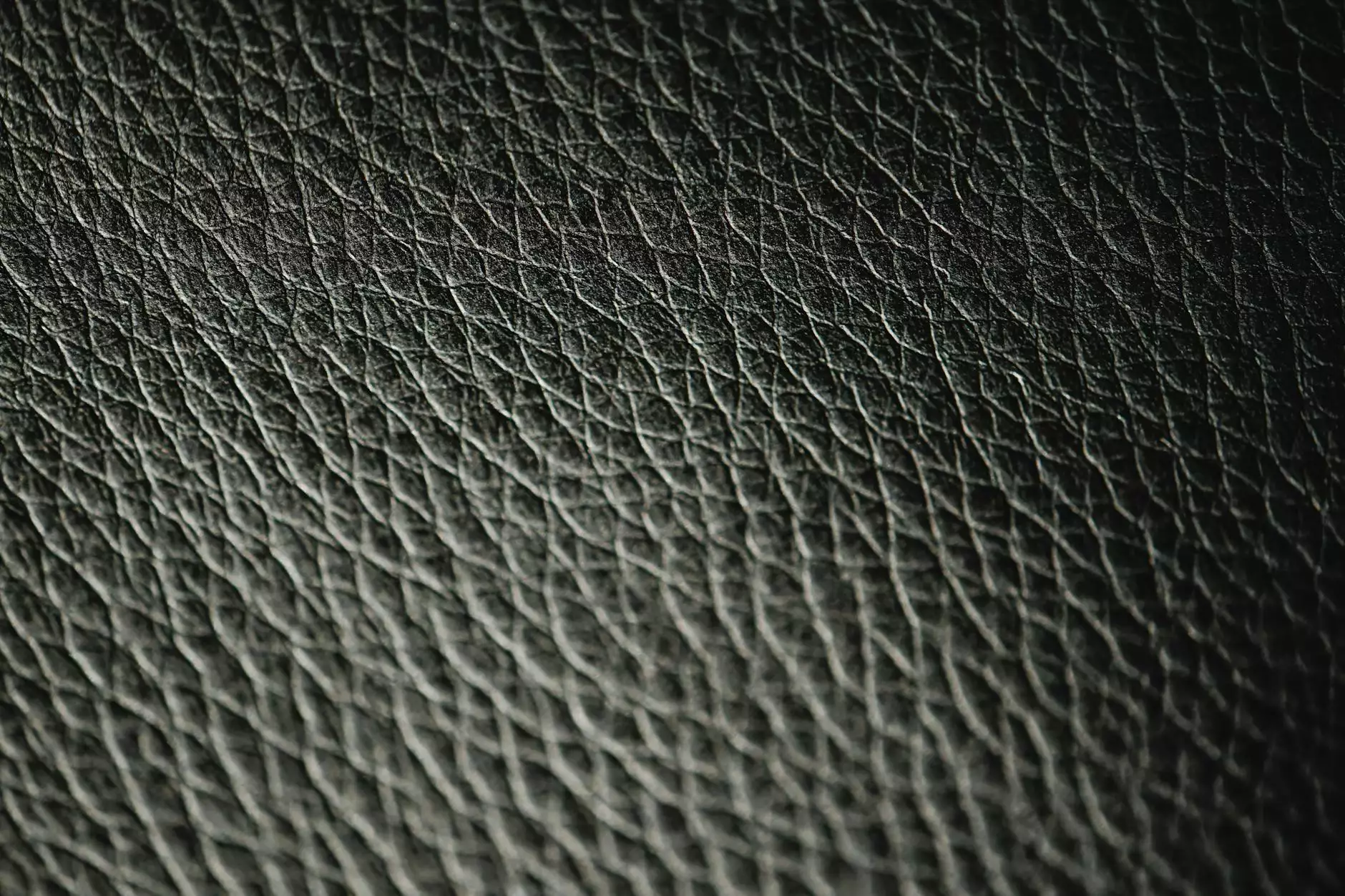Understanding the Conversion of RGB to Hex

When it comes to web design and software development, the use of color is paramount. The correct color representation can influence the overall aesthetic and usability of a website or application. A popular approach among designers is to use the RGB color model, but many instances require the use of the HEX color format. This guide will delve into how to effectively convert RGB to Hex, and explore its importance in creating visually appealing digital interfaces.
What is RGB?
RGB stands for Red, Green, and Blue, the three primary colors of light that can be combined in various ways to produce a broad spectrum of colors. In the RGB color model, colors are defined by specifying the intensity of these three colors. The values typically range from 0 to 255, allowing for a total of 256 possible values for each color channel. This creates a vast range of potential colors, totaling more than 16 million unique combinations.
What is Hex Color Code?
Hexadecimal (or HEX) color codes are a way to represent colors using hexadecimal values. A HEX color code starts with a hash symbol (#) followed by six alphanumeric characters. The first two characters represent the red value, the next two represent green, and the last two represent blue, with each pair ranging from 00 to FF in hexadecimal notation. For instance, the HEX code for pure red is #FF0000, while white is #FFFFFF.
Why Convert RGB to Hex?
At first glance, you may wonder why converting RGB to Hex is necessary. Here are several reasons:
- Web Standards: Many web languages, such as CSS, natively support HEX colors, making them easier to implement.
- Compact Representation: HEX codes are more concise than RGB strings, allowing for cleaner code.
- Consistency Across Platforms: Using HEX can ensure that colors appear the same across different devices and browsers.
How to Convert RGB to Hex
Converting RGB to Hex can be achieved through a straightforward method. Here’s a step-by-step guide:
Step 1: Understand RGB Values
Decide on the RGB values you wish to convert. For example, let’s consider the RGB value of (255, 99, 71), which represents a tomato color.
Step 2: Convert Each RGB Component to Hex
For each RGB value, take the following steps:
- Convert the red component (255) to hex:
- 255 in decimal equals FF in hexadecimal.
- Convert the green component (99) to hex:
- 99 in decimal equals 63 in hexadecimal.
- Convert the blue component (71) to hex:
- 71 in decimal equals 47 in hexadecimal.
Step 3: Concatenate the Hex Values
Finally, combine the hex values of red, green, and blue components:
RGB(255, 99, 71) becomes #FF6347, which is the HEX representation of tomato color.
Useful Tools for RGB to Hex Conversion
While manual conversion is excellent for learning, numerous tools can facilitate this process. Here are some popular options:
- Online Color Converters: Websites like W3Schools Color Picker allow you to input RGB values and instantly receive their HEX counterpart.
- Graphic Design Software: Programs like Adobe Photoshop or GIMP can easily provide HEX color codes for selected colors.
- Browser Developer Tools: Most modern web browsers have built-in developer tools that allow you to inspect elements and view color values, including HEX codes.
Practical Applications of RGB and HEX Codes in Web Design
The interplay between RGB and HEX codes is vital for effective web design. Below are some practical applications:
1. Color Schemes and Palettes
Creating a harmonious color palette is crucial for modern web design. Designers often start with an RGB color and generate complementary colors by converting them to HEX. This approach ensures that the brand colors align perfectly with the color scheme of the site.
2. CSS Implementation
Using HEX in CSS allows developers to define colors seamlessly. For example, instead of using RGB like:
body { background-color: rgb(255, 255, 255); }they can use the HEX equivalent:
body { background-color: #FFFFFF; }3. Consistency Across Design Variations
Maintaining consistency in color representation across design variations is easy with HEX codes. This consistency is paramount for branding, as it prevents color discrepancies in various sections of a website or application.
Common Mistakes to Avoid When Converting RGB to Hex
During conversion, some frequent errors can lead to issues in design.
- Ignoring Leading Zeroes: Always express single-digit hexadecimal values as two digits. For example, an RGB of (10, 0, 10) should convert to #0A00A0 instead of #A0A.
- Misunderstanding Color Representation: Some colors look different on screens due to their resolution and technology. Always test colors visually across devices.
- Not Considering Contrast: Always use color contrast tools to ensure that your text remains legible against background colors.
Final Thoughts
In conclusion, mastering how to convert RGB to Hex is an essential skill for anyone involved in web design or software development. Understanding the nuances of color representation can elevate the visual quality of projects and ensure a more engaging user experience. Use the methods outlined above, explore online tools, and practice regularly to become proficient at translating these important color codes.
For more articles on web design and software development, or tools to assist in your projects, visit semalt.tools.









